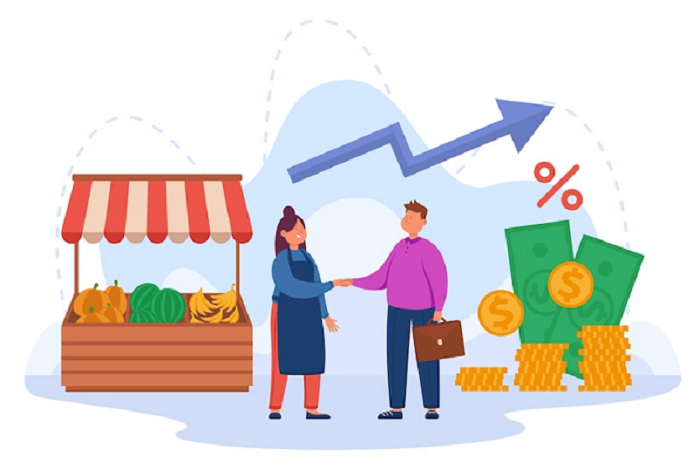Bankruptcy and Insolvency: Where Does The Difference Lie?

The phrases bankruptcy and insolvency code, although frequently used interchangeably, have distinct meanings. When a person cannot make their debt payments on time, they are said to be insolvent. When a person declares they are unable to pay back their debts to creditors, a legal procedure known as bankruptcy is initiated.
Defining Insolvency
Although both expressions refer to excessive debt, insolvency is a condition that might result in filing for bankruptcy. Simply put, when a person is unable to repay creditors on time, they become insolvent.
Although declaring bankruptcy is one option for getting out of insolvency, this kind of circumstance does not always result in bankruptcy. You might be able to deal with your insolvency in different ways, depending on your situation, like by submitting a consumer proposal or obtaining a debt consolidation loan.
Defining Bankruptcy
For those who are unable to repay their debts, bankruptcy is a legal procedure that offers protection and relief. When you declare bankruptcy, a Licensed Insolvency Professional is appointed to liquidate your assets, get in touch with your creditors, and look into your financial situation.
You must also carry out your bankruptcy obligations, which include going to counselling sessions. After completing all conditions, you will be extricated from bankruptcy and return to financial stability. Usually, the procedure takes between 9 to 21 months.
Insolvency Is Not The Same as Bankruptcy
Although they sound alike, bankruptcy and insolvency are two different concepts. In contrast to bankruptcy, which is a lawful declaration and process, insolvency is a financial situation.
What Benefits Come From Being Declared Insolvent or Filing for Bankruptcy?
When a business or an individual is unable to make timely payments on its debts or when the valuation of the assets is less than the valuation of its liabilities, it may be forced to file for bankruptcy. During this process, the debtors must come up with a plan or restructure their payment schedules with the assistance of the government or adjudicating authority. Generally, there are two types of bankruptcy process:
- Resolution Process
As the name implies, this kind of bankruptcy is used to reorganise or come up with a plan to pay off the debts quickly. According to the Bankruptcy and Insolvency Code, 2016, this process is also known as the “Corporate Insolvency Resolution Process” and involves starting over with new business strategies while placing the entire organisation under the supervision of an insolvency professional who determines the most practical way to pay off the company’s debts.
- Liquidation Process
The company must sell all of its assets in the best way feasible and use the revenues to settle its debts to its creditors if the resolution process is unsuccessful and no workable solution to discharge the liabilities has been discovered.
Correlation Between Insolvency, Bankruptcy and Liquidation
The following discussion illustrates the correlation between bankruptcy, insolvency, and liquidation:
- Bankruptcy is a process an individual or business that is unable to pay off their debts may file for.
- An application is submitted by either the debtor or the creditors to start the bankruptcy process.
- All of the debtor’s assets are calculated and assessed; after that, they might be used to pay off some of the outstanding debt.
- In simple terms, a person or entity is considered “insolvent” if it is unable to pay its creditors’ debts on time or as soon as they become due and payable.
- “Liquidation” refers to the dissolution of an organisation or other incorporated entity. Liquidation procedures can be initiated by a wide range of entities, including the following:
- The Shareholders of the Company
- The Regulatory Bodies
- An Unpaid Creditor or an unpaid company
- By the Directors of a Company
To put it briefly, both bankruptcy and liquidation are related to insolvency. Being unable to pay debts when they were due and payable is the main reason for liquidation and the only reason a natural person could go bankrupt.
Conclusion
If you’re struggling with insolvency, before filing for bankruptcy, you might want to weigh other diverse options available with the emergence of insolvency technology. To discuss your alternatives and identify the best course of action for your finances, speak with a Licensed Insolvency Professional familiar with the right use of insolvency technology right away!





